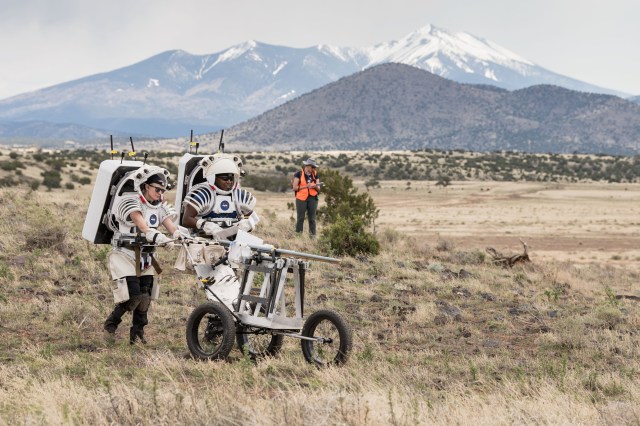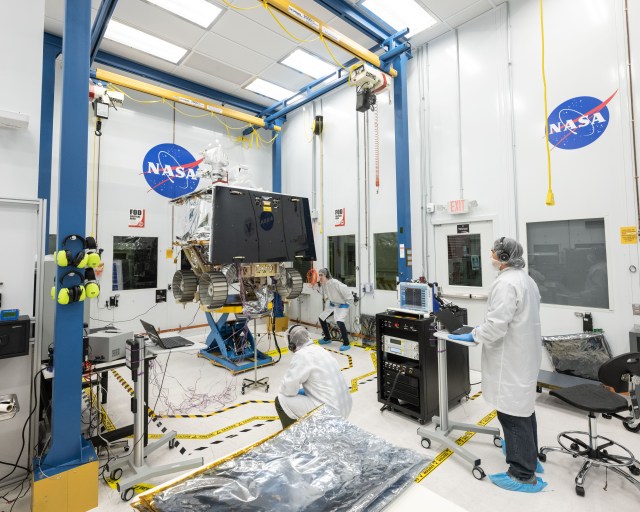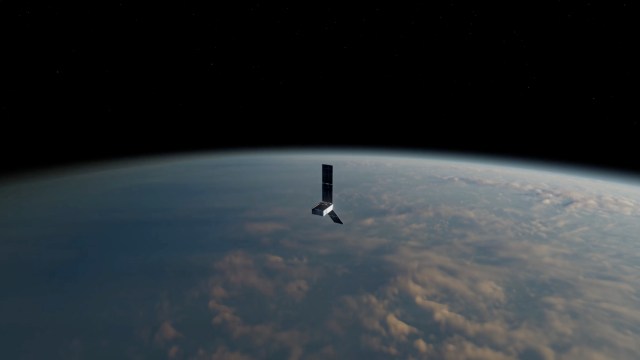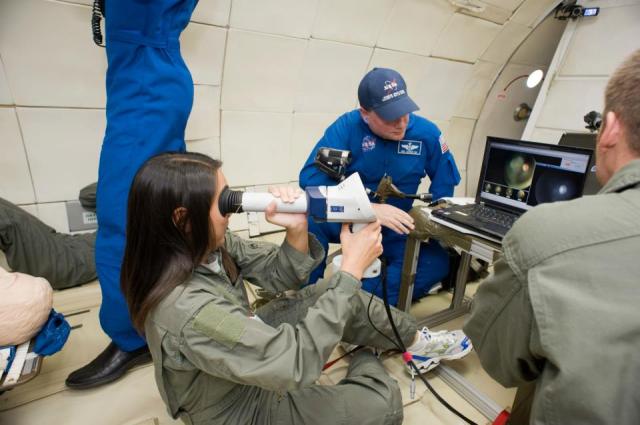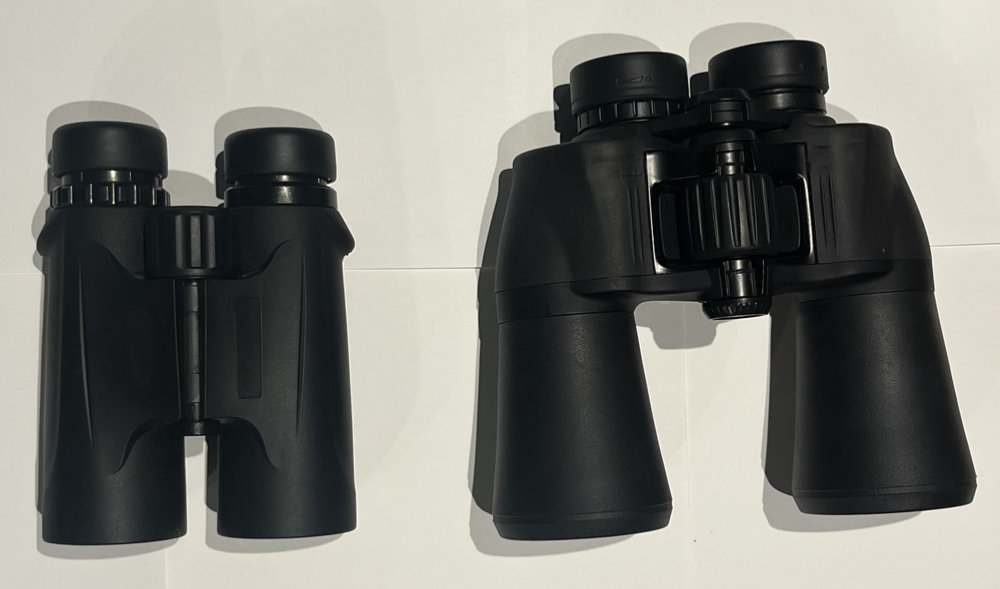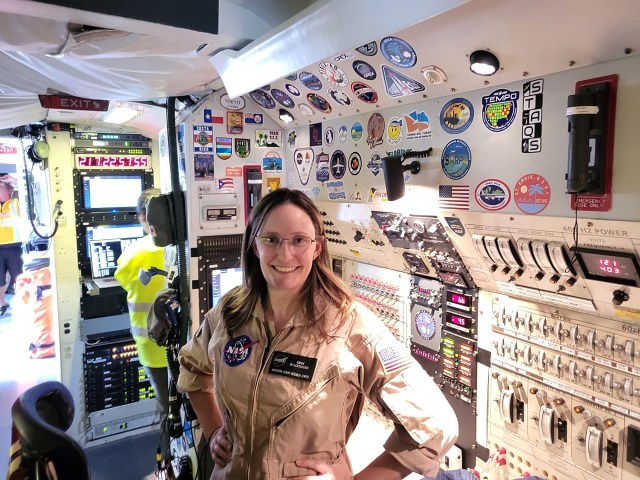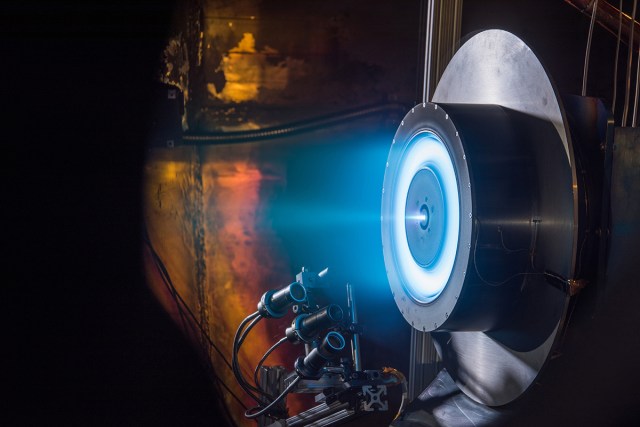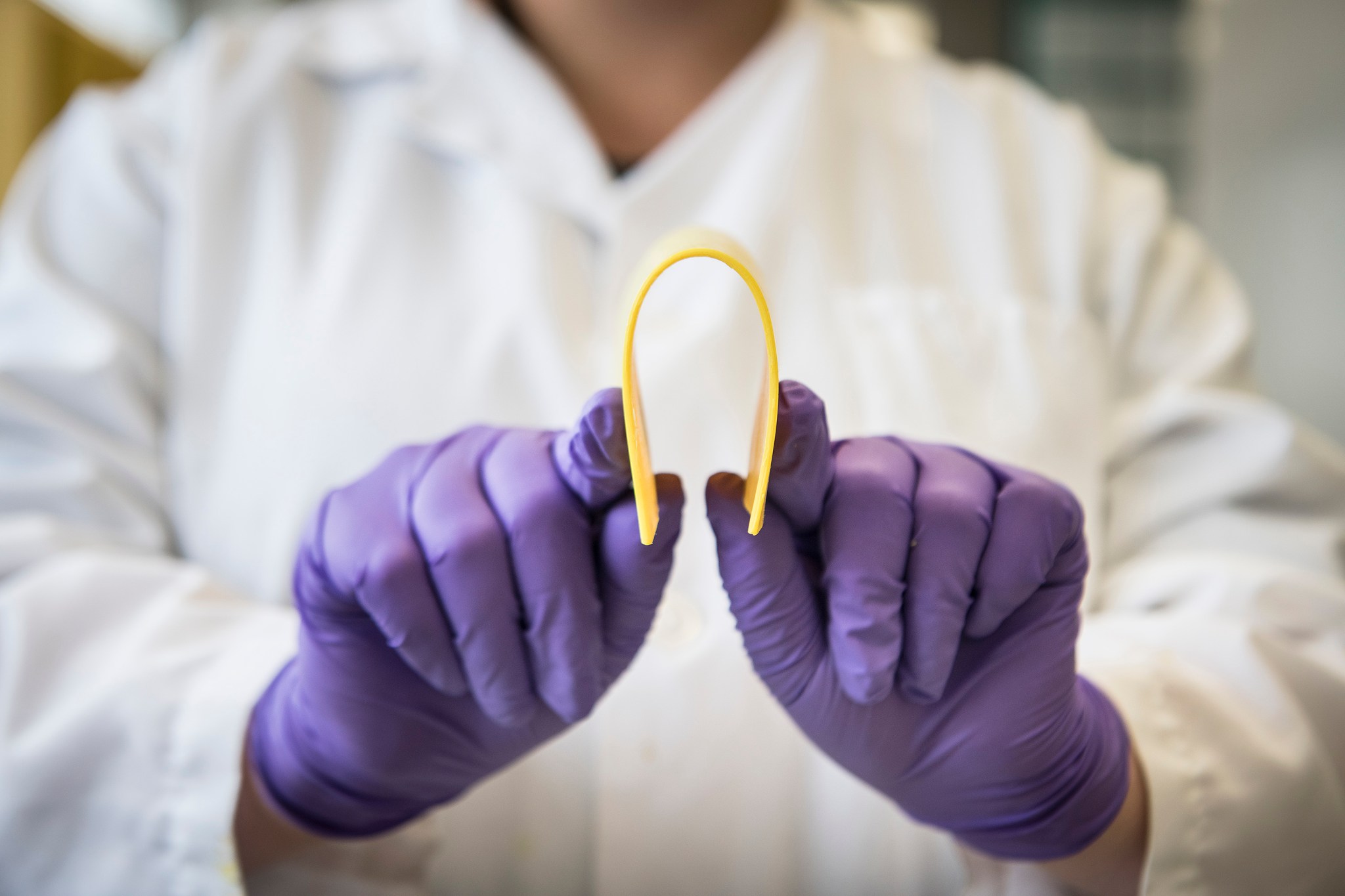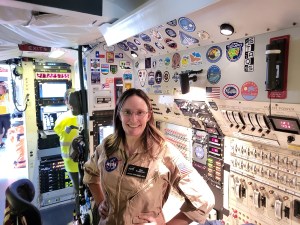NASA researchers have proven a versatile material known as aerogel can be produced in a way to create flexible, lightweight antennas for use on future aircraft such as electric powered cargo-carrying drones or passenger-carrying air taxis.
Doing so helps solve a challenge smaller aircraft face in using satellite-based radio communication that usually require dish antenna systems too heavy or that would stick out into the airflow and create fuel-wasting drag.
Research during the past five years has proven that aerogel, which is made up mostly of air, can be made thick enough that it can still serve as the foundation for a capable antenna yet also be attached to an aircraft’s skin such that it can follow every contour.
“Prior to this, aerogels were only flexible as thin films up 0.5 mm thick. But we were able to produce substrates up to 2 mm thick with a one-inch bend radius, and that’s flexible enough for use as a viable antenna substrate,” said Jessica Cashman, a chemical engineer with the Conformal Lightweight Antenna Structures for Aeronautical Communication Technologies (CLAS-ACT) activity.
CLAS-ACT was selected in 2016 as an activity of the Convergent Aeronautics Solution project, a project designed to give researchers an opportunity to study the feasibility of using new and especially innovative technology in aviation applications.
For more detailed technical information on the activity download this feature produced by CLAS-ACT researchers.
Fine-tuning Polymers as Flexible Antenna Substrates for Aircraft

